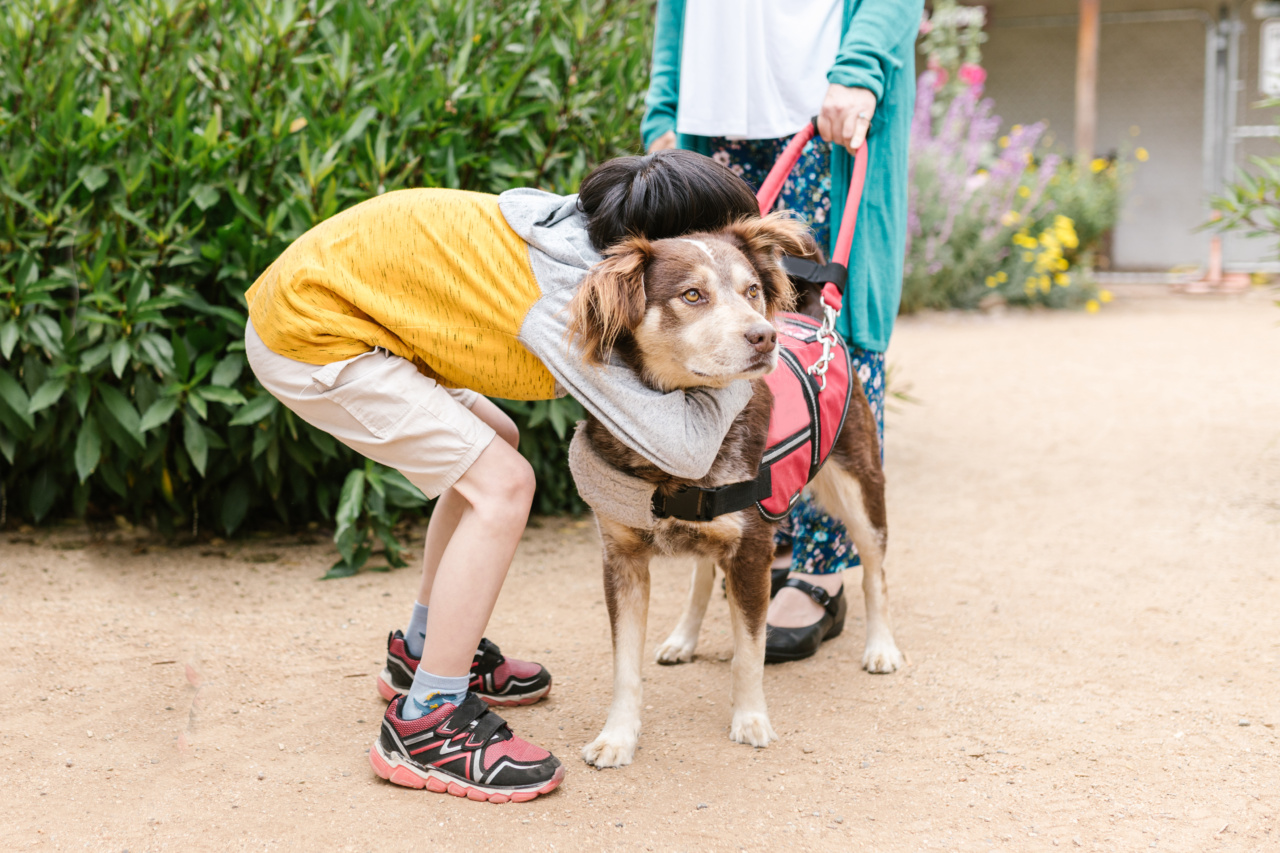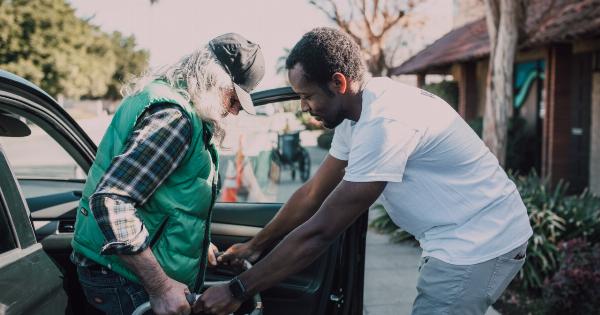Bringing home a new puppy is an exciting and joyous occasion. However, as a responsible pet owner, it is essential to ensure that your puppy gets proper socialization from an early age.
One crucial aspect of socialization is introducing your puppy to other dogs. This process should be gradual and controlled to ensure a positive experience for your puppy and the other dogs involved. In this guide, we will discuss the steps to effectively introduce your puppy to other dogs.
Why is it important to introduce your puppy to other dogs?
Introducing your puppy to other dogs early on has several benefits. Socialization helps your puppy develop proper communication skills, learn appropriate dog behaviors, and become comfortable in different social settings.
It also helps prevent fear, anxiety, and aggression towards other dogs in the future. By exposing your puppy to various dog personalities and temperaments, you are setting a foundation for a well-rounded and confident adult dog.
Step 1: Gradual Exposure
When introducing your puppy to other dogs, it is crucial to take the process slowly. Gradual exposure allows your puppy to adjust to new experiences without feeling overwhelmed.
Start by exposing your puppy to well-behaved, vaccinated, and friendly adult dogs that you trust. Choose controlled environments, such as a friend’s home or a neutral territory, where the dogs can interact comfortably.
Never force the interaction between your puppy and another dog. Let them approach each other at their own pace. Keep the initial meetings short, around 10-15 minutes, and gradually increase the duration with each successful interaction.
Always supervise the interaction closely to prevent any potential conflicts.
Step 2: Positive Associations
During the introductions, it is vital to create positive associations for your puppy with other dogs. Use treats, toys, or praise to reward your puppy for calm and friendly behavior.
This positive reinforcement helps your puppy associate meeting other dogs with enjoyable experiences.
It is also helpful to schedule playdates with other well-mannered, vaccinated puppies around the same age as yours. These interactions allow for safe and appropriate play, as puppies have similar energy levels and play styles.
Additionally, attending puppy socialization classes under the supervision of a professional trainer can provide structured socialization experiences for your puppy.
Step 3: Off-Leash Encounters
Once your puppy has shown positive progress in on-leash introductions, you can gradually move on to off-leash encounters. Off-leash interactions allow for more freedom and natural interaction between the dogs.
However, it is crucial to choose a secure and enclosed area, such as a fenced backyard or a designated dog park, to ensure their safety.
Before removing the leash, ensure that both dogs are comfortable with each other’s presence and have exhibited friendly behavior during on-leash meetings.
Start by keeping the leashes attached but dragging on the ground so you can easily regain control if necessary. Gradually allow more freedom by holding the leash loosely until you can confidently remove it.
Step 4: Monitoring Body Language
Throughout the introduction process, it is essential to pay close attention to the body language of both dogs. Understanding canine body language can help you identify signs of discomfort, fear, or aggression and intervene appropriately.
Some positive signs include relaxed body postures, loose wagging tails, and play bows.
However, be aware of signs of stress or aggression, such as stiff body posture, raised hackles, growling, or snapping. If you notice these signs, separate the dogs immediately and consult a professional dog trainer or behaviorist for guidance.
Step 5: Reinforcing Positive Experiences
As your puppy continues to have positive experiences meeting other dogs, it is crucial to reinforce those behaviors. Continue to reward your puppy for appropriate interactions and play.
Gradually expose your puppy to different breeds, ages, and sizes of dogs to ensure they are comfortable with a variety of companions.
Regular socialization opportunities, such as visits to dog-friendly parks or attending training classes, can also contribute to your puppy’s confidence and sociability.
Remember to always prioritize your puppy’s safety and well-being during these interactions.
Step 6: Addressing Challenges
Introducing your puppy to other dogs may not always be smooth sailing. It is common for puppies to display fear, timidity, or even aggression towards unfamiliar dogs. If your puppy shows signs of fear or anxiety, do not force the interaction.
Give them time to observe from a safe distance and gradually move closer as they become more comfortable.
If your puppy displays aggression towards other dogs, it is crucial to seek professional help. Aggressive behaviors should be addressed promptly to prevent the development of more serious issues in the future.
A professional dog trainer or behaviorist can guide you in implementing appropriate training techniques and behavior modification strategies to address the underlying causes of aggression.
Conclusion
Introducing your puppy to other dogs is a vital part of their socialization journey. By following these steps, you can ensure that the process is positive, safe, and beneficial for your puppy’s development.
Remember to take it slow, create positive associations, and provide controlled environments for the interactions. With time and proper guidance, your puppy will grow into a confident and well-socialized adult dog, capable of forming strong bonds with other furry friends.


























